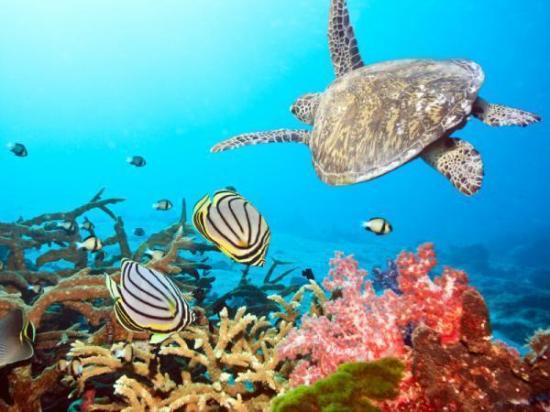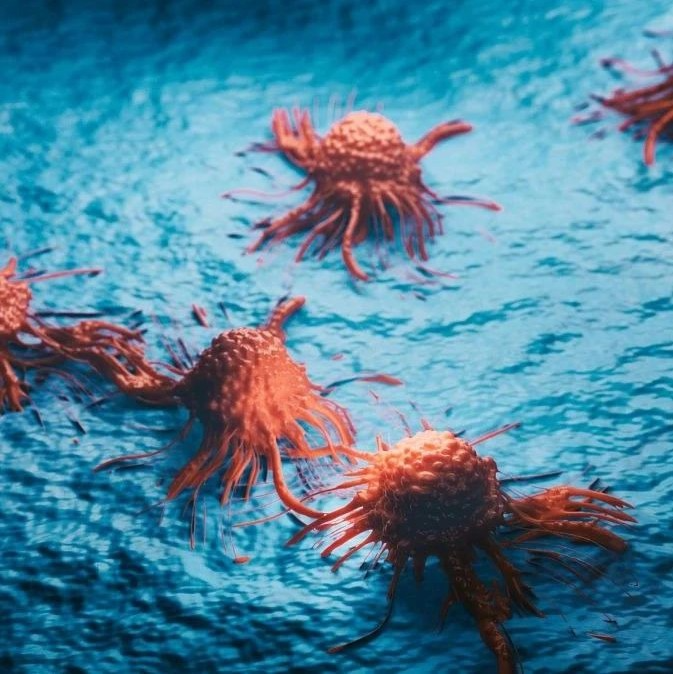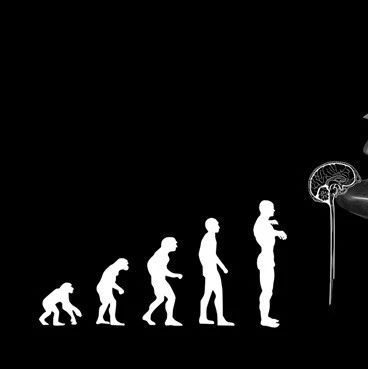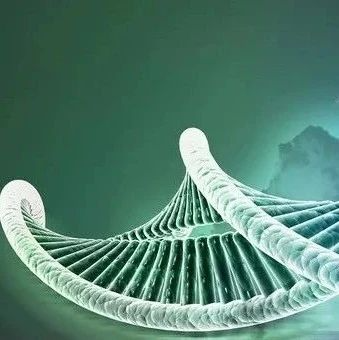据英国《自然》(Nature)杂志网站7月28日报道,《国际海洋生物普查计划》的研究结果日前正式向全球公布。该项目共历时10年,覆盖了从浮游生物到鲸鱼等13组共11000多种海洋生物。
研究人员发现,不同种类海洋生物的分布模式非常相似,温度同所有种类生物的生物多样性密切相关;人类活动密集的地区和海洋生物多样性的“热点地区”(这些地区的生物数量和生物种类都很多)高度重叠;未来海洋温度的变化可能会大大影响海洋生物的分布。
海洋生物的分布表现出两种基本的模式:一种是诸如珊瑚和沿海鱼类(主要集中在东南亚地区)等沿海生物;另外一种是金枪鱼、鲸鱼等“开放水域”生物,它们主要分布在中纬度的海洋中。而温度是唯一影响所有物种分布的因素;此外,栖息地的变化也会对海洋生物的分布产生较大影响。
该研究的领导者、加拿大达尔豪斯大学的德里克蒂特顿表示,研究表明,气候变化导致的海洋变暖可能会让海洋生物分布重新“洗牌”。
联合作者、达尔豪斯大学的卡米罗莫拉表示,过度捕捞、栖息地的改变、污染和气候变化都是全球海洋生物多样性的“杀手”,阻止海洋变暖、减少人类活动对未来保护海洋生物多样性的热点区域至关重要。
达尔豪斯大学的鲍里斯沃姆也强调了维持海洋生物多样性的必要性:生物多样性和生态系统的功能常常相辅相成,具有丰富生物多样性的生态系统会给人类提供更多的物品和服务,而且,这些系统更富有弹性,更容易从破坏中恢复过来。
联合作者、美国耶鲁大学的沃尔特耶茨表示,目前有关陆地生物多样性的研究已非常之多,但对海洋生物多样性的了解仍然十分有限,开始于2000年的国际海洋生物普查计划改变了这种状况,从种群、物种和基因三个层次为科学家们建立起了海洋生物多样性的研究体系。
《自然》发表论文摘要(英文)
Global patterns and predictors of marine biodiversity across taxa
Derek P. Tittensor,Camilo Mora,Walter Jetz,Heike K. Lotze,Daniel Ricard,Edward Vanden Berghe" Boris Worm
Affiliations Contributions Corresponding author Journal name:
Nature
Year published: (2010)
doi:10.1038/nature09329
Received 11 March 2010 Accepted 08 July 2010 Published online 28 July 2010
Global patterns of species richness and their structuring forces have fascinated biologists since Darwin1, 2 and provide critical context for contemporary studies in ecology, evolution and conservation. Anthropogenic impacts and the need for systematic conservation planning have further motivated the analysis of diversity patterns and processes at regional to global scales3. Whereas land diversity patterns and their predictors are known for numerous taxa4, 5, our understanding of global marine diversity has been more limited, with recent findings revealing some striking contrasts to widely held terrestrial paradigms6, 7, 8. Here we examine global patterns and predictors of species richness across 13 major species groups ranging from zooplankton to marine mammals. Two major patterns emerged: coastal species showed maximum diversity in the Western Pacific, whereas oceanic groups consistently peaked across broad mid-latitudinal bands in all oceans. Spatial regression analyses revealed sea surface temperature as the only environmental predictor highly related to diversity across all 13 taxa. Habitat availability and historical factors were also important for coastal species, whereas other predictors had less significance. Areas of high species richness were disproportionately concentrated in regions with medium or higher human impacts. Our findings indicate a fundamental role of temperature or kinetic energy in structuring cross-taxon marine biodiversity, and indicate that changes in ocean temperature, in conjunction with other human impacts, may ultimately rearrange the global distribution of life in the ocean.








